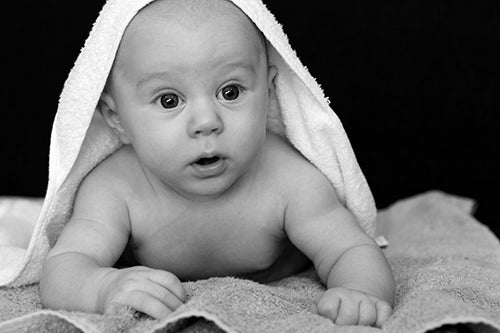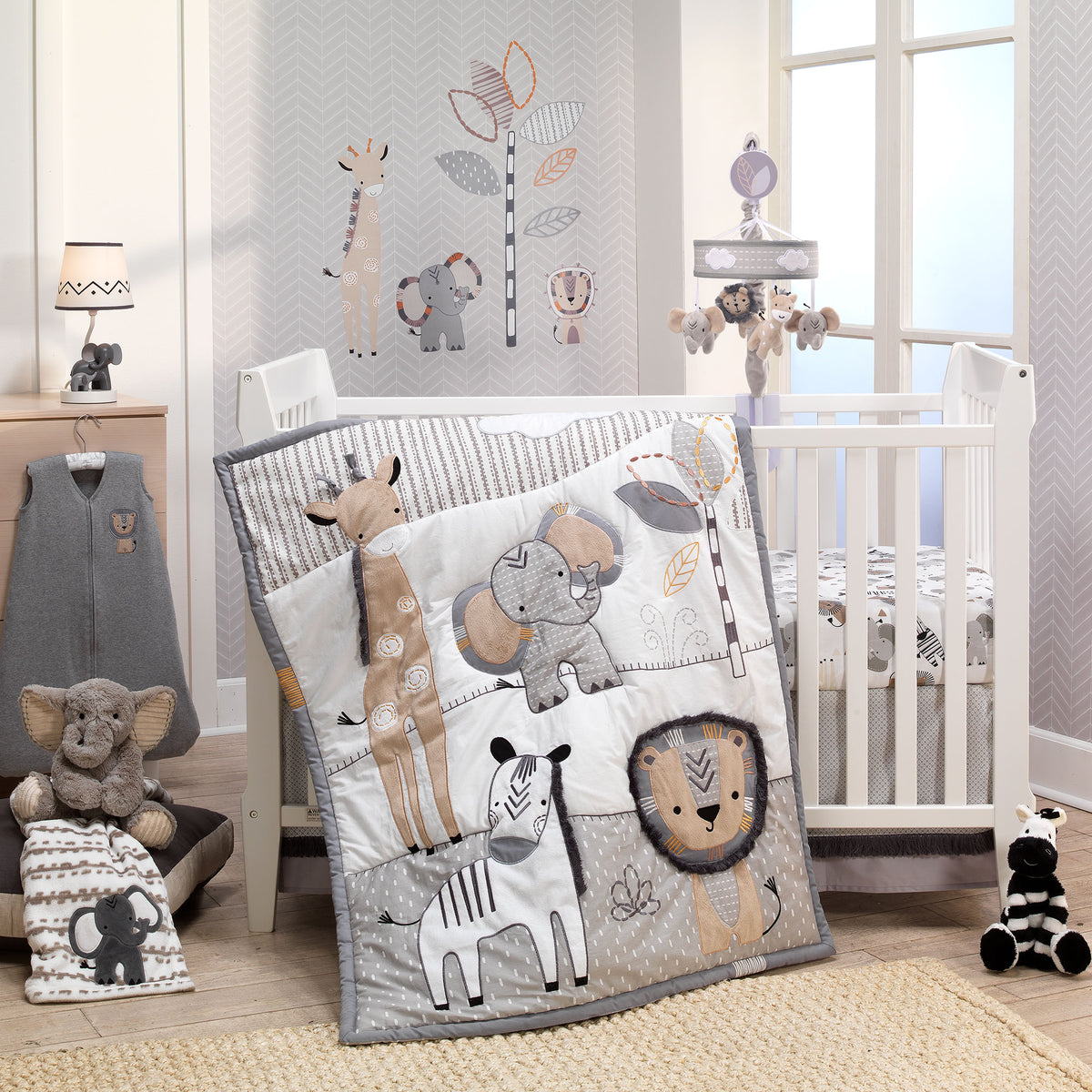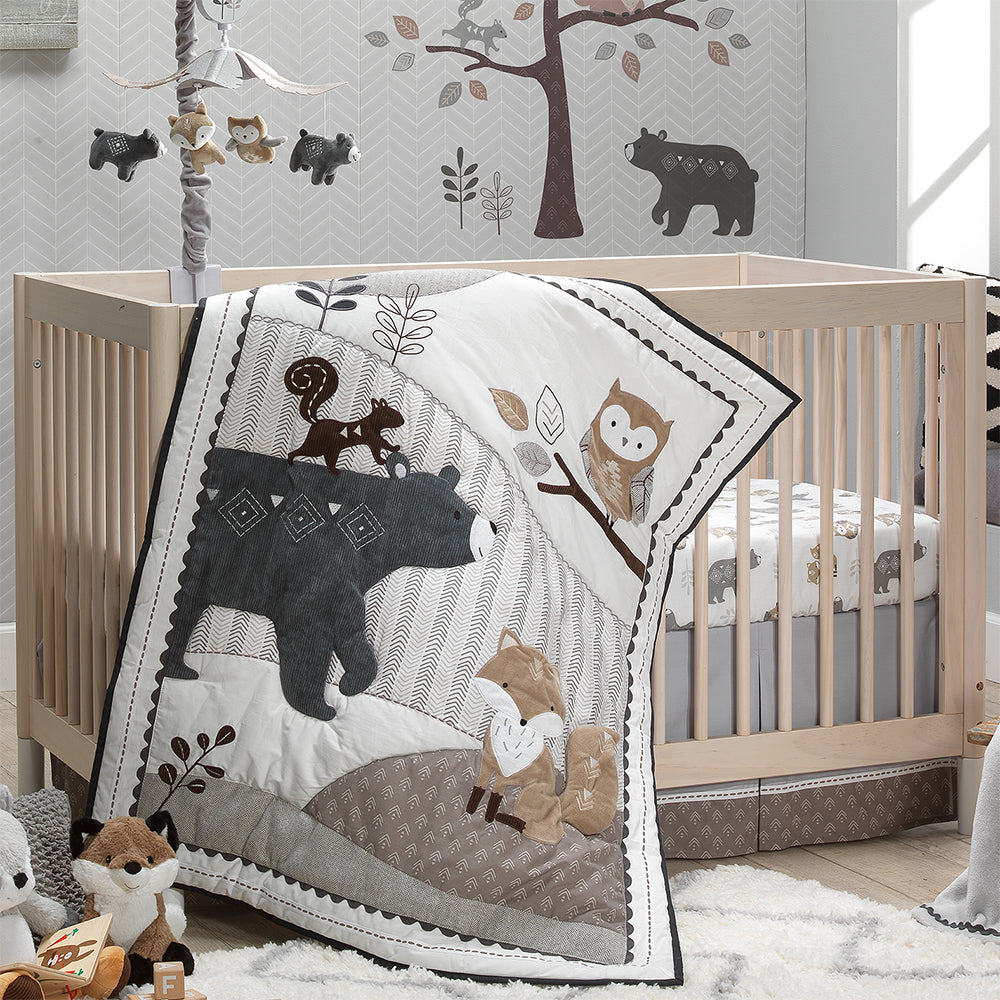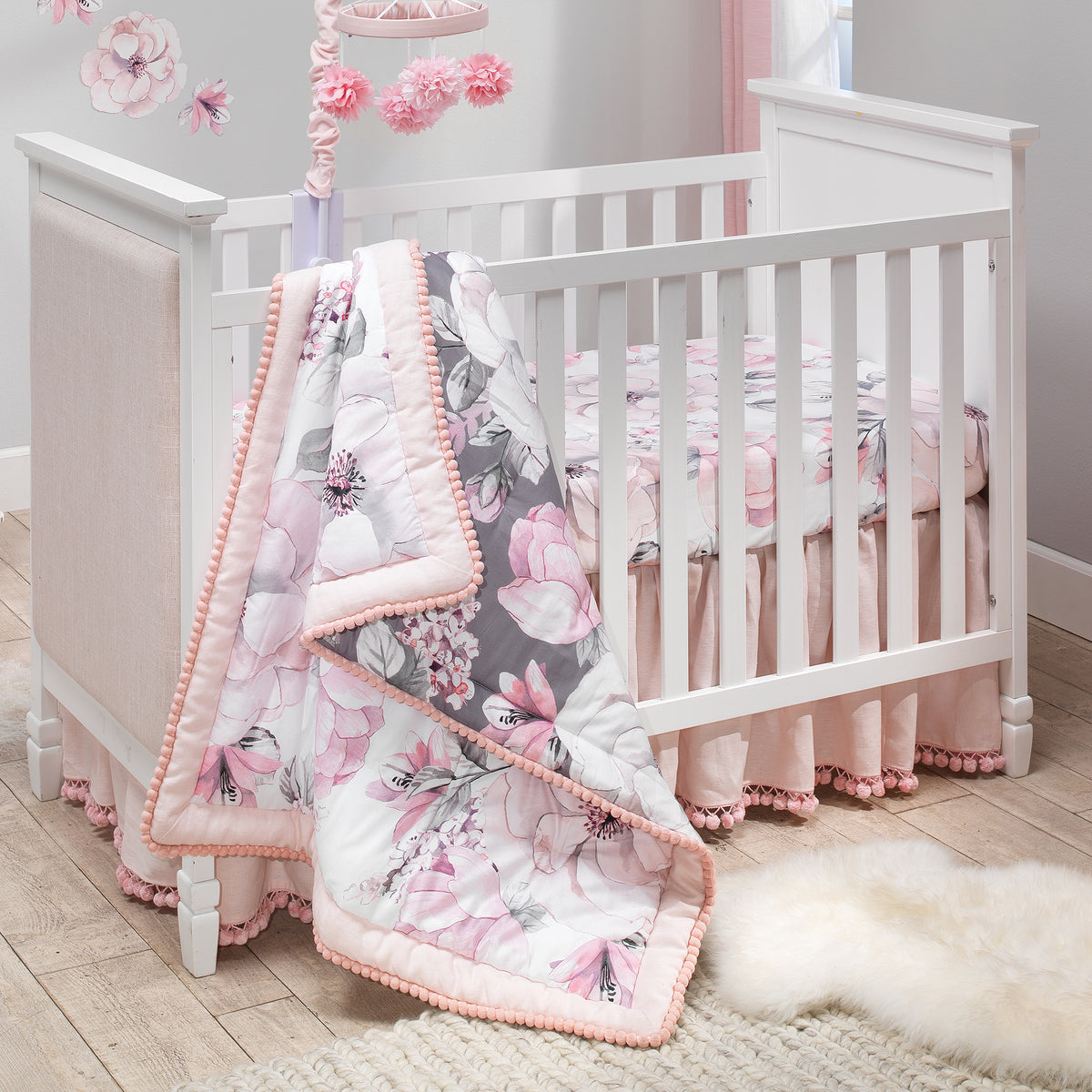Parenthood comes with many firsts. You must learn how to change your baby’s diaper, dress them, feed them, hold them, and bathe them. As you navigate the world of parenthood, you need help making your way through these firsts. In this article, you’ll learn five helpful tips that will assist you when you give your baby a bath for the first time.
How should you bathe a newborn? When? What do you need? How do you keep a slippery, squirming baby safe during bathtime? We’ll answer all of these questions and more.
How Often Do You Need to Bathe Your Baby?
Most experts agree that you don’t need to bathe your baby very often during the newborn stage. This is because your babe’s skin is very delicate and bathing them too often can dry out their skin. So, aim for a few times a week during the first few weeks of their life.
In between baths, you can always use a warm washcloth to wipe your baby’s face and hands, especially if your baby spits up a lot. During diaper changes, wipes are often enough to clean things up. But, you can also occasionally use a warm washcloth to wipe down the entire area.
Many parents find that their baby really enjoys baths, especially as they grow older. If your baby’s skin doesn’t seem too dry, you can certainly indulge your baby in a daily bath. Some parents also find that a daily bath can calm a baby for bedtime. Using it as part of your bedtime routine can be a real joy for you and your baby. As long as your baby’s skin doesn’t get irritated, this is fine.
What Products Should You Use?
Because babies have such delicate skin, look for products specially made for newborns. Or, you can seek out hypoallergenic soaps that aren’t scented. These are usually some of the mildest soaps and shampoos available. Also, no-tears formulas are especially great for shampoo. No matter how hard you try, it can sometimes seem impossible not to get a little bit of shampoo into your wiggling babies eyes.

5 Tips for Bathing a Newborn
If you’re feeling unsure about how to bathe your newborn, follow these 5 tips from experienced parents who know from experience:
1. Try a Bucket (Or Use a Sponge or Baby Tub)
Managing a slippery slidey baby in a large bath or even in a sink can be challenging. Make things easier for yourself by trying baby bathing the European way, blogger Nancy Voigtmann of Live with Less, suggests. She used a specially designed baby bucket to bathe her newborn. The bucket holds the baby in a secure fetal position while you bath them.
However, if you’d like to try something a bit more conventional, baby tubs and sponge or foam inserts are also great. They help the baby feel secure and the warmth of the foam or sponge helps keep baby’s back warm.
2. Run Water First
Before you undress your baby, run the water first. If you’re nervous, get a thermometer to measure the water. An ideal temperature is under 120 degrees F so that your baby won’t get burned. About 100 degrees is best. Once the water is ready, then undress your baby and place them in the bath. This will ensure that your baby isn’t wailing naked in your arms while you try to run the bath water.
3. Lay Out Clothes Ahead of Time
To avoid a very problematic end to the bath, pick out all of the clothes and diaper you’ll need before you begin bath time, Rosaura from Mommy Solutions says. This sort of planning ahead will save you from making a mad dash around your child’s nursery with a screaming baby in your arms. Preparing for a bath can seem like a very involved task with lots of steps, so if you really want to get the most out of it, you could also try showering WITH your little one. Rosaura is a proponent of this method, but reminds parents that you should only shower with your baby once their umbilical stump has fallen off.
4. Protect the Umbilical Stump
Newborn babies still have their umbilical stump attached. The best way to help it fall off more quickly and to keep it from getting infected is to keep it dry. That makes giving your newborn a bath extra challenging! So, many parents, like blogger Kacey Cleary of Sparkles, Rainbows and Unicorns, recommend sponge baths until the umbilical cord falls off. With this type of bath, you use a washcloth, warm water, and soap to wash your baby. You can place your baby on a towel or a changing table during the bath. A changing pad is ideal because you can simply change the cover and most pads are already waterproof.
5. Have Extra Washcloths and Towels
Keep a few extra washcloths and towels on hand when bathing your baby. It’s always possible that your baby may poop in the bath and need to be removed quickly from the water. The extra towels and washcloths will come in handy as you clean them up and start the bath over again.
After the bath, use the towels to pat your baby off. Make sure you get all areas nice and dry, especially between rolls of baby fat. Keeping your baby’s skin nice and dry can help prevent your baby from getting a yeast rash.
Don’t worry if your newborn doesn’t like bathing the first few times you give them a bath. To make things less stressful, you can always resort to giving your baby sponge baths until they grow more used to the idea of bathtime.
As your baby grows, bathtime will grow ever more fun as you can incorporate splashing games and toys into the bath routine. Also, your baby will grow accustomed to taking a bath, which means you’ll enjoy a cooing baby in the bathtub.




